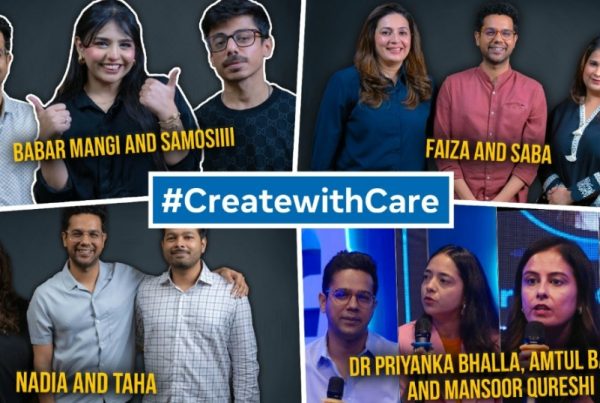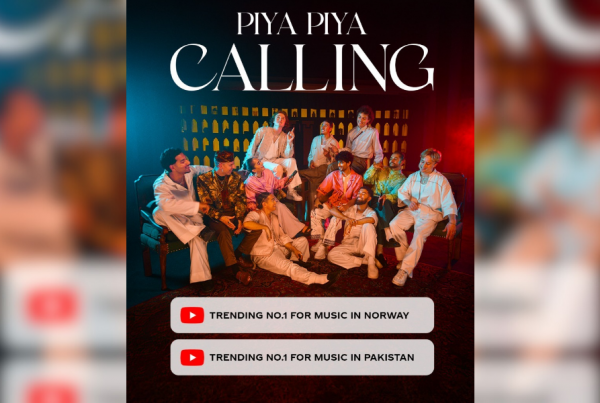A trip to Peshawer revolves around the infamous and somewhat legendary food that has survived years of devastation in the city
Almost sixteen years after we had last visited the historic city of Peshawer, my family and I decided to take a detour (on our way back from Murree) and check out how much the city had changed over the years; it would be an education for the children, if nothing more. It turned out to be an eye opener for all of us. Peshawer was a city ravaged by the impact of war as well as the tumultuous Torkham border. We expected desolation, depression and starkness that usually is the byproduct of the kind of experiences the city had undergone. But what hit us was its dignity. It was a highly picketed and protected zone, speckled by barricades and heightened security but the city stood tall in its state of despair. We were stopped numerous times but there wasn’t a single thread of aggression in the mannerism of the personnel deployed for security. There were polite, apologetic and almost gentle. Not at all what we had expected.
Peshawer sightseeing had a lot on the agenda: a drive up to the Baab-e-Khyber (which is much smaller than it actually looks like in pictures) and a visit to the Bala Hisaar Fort; paying respects at the Army Public School, where no one returned from dry eyed, and a drive around the famous Kissa Khwani Bazaar. I have to admit that topmost on our itinerary was dinner at Namak Mandi and lunch, the next day, at Jalil Kabab House.

The Baab-e Khyber is much smaller than you anticipate but this gateway between Peshawer and the Torkham Border is a symbol of the trade that takes place between the two cities.
Khyber Charsi Tikka Shop was where we headed to for the infamous Namak Mandi mutton karahi. The drive around the area, I admit, wasn’t too pleasant. A collapse of infrastructure was evident in the dilapidated architecture and lack of any kind of civic set-up. But eventually when we landed at the most famous restaurant in the entire KPK region, the trek was worth the effort.
We decided to eat in the van, since there were absolutely no women to be seen on the horizon. The few women that we had witnessed earlier in the day were in shuttlecock burqas and hence totally covered from head to toe. We were complete misfits and so stayed out of sight. The order was placed – for chicken sajji, champs (barbequed chops) and the mutton karahi (actually doomba meat that is cooked in its own fat) that we had come for. It came with piping hot Kandahari naans and the freshest salaad that was a simple serving of cut up onions, radishes and tomatoes drenched in a salty lemon, desi dressing. Essential for digestion, we were told.
The verdict: this meal was not for the faint hearted. Peshawari food is designed for men living in mountainous terrain, battling hardcore winters. It is for warriors and those generally used to a hard life. It was delicious but it was very, very heavy. We went completely carnivorous for the next hour, tearing into the meat like barbarians, and then swore off food for the next 12 hours. The good thing about Namak Mandi food is that it’s not spicy at all. The bad thing is that the lack of spice tricks you into eating more than you should. It certainly is not recommended to heart patients; especially not unless their cardiologist’s number is on speed dial. We overate, it goes without saying…and every meaty morsel was worth its reputation.

The six-kilo karahi at Charsi Tikka Shop: melt-in-the-mouth meat cooked in animal fat, salt and mild spices.
The most impressive thing about Namak Mandi, and I have to make a special mention of this fact, is that in the two hours that we were parked for dinner, not a single beggar tapped at out window. In fact there was hardly a beggar in sight. Had this been Boat Basin, Karachi or Gulberg, Lahore we would have been ambushed. There is something to be said of the Pakhtun pride.
Twelve hours later: despite carrying guilt of that heavy dinner, we made it to Jalil Kabab House, home to Peshawar’s renowned Chapli Kababs, for lunch. The great thing about our Great Asian Appetite is the ability to pile on, even when the mind is advising otherwise. Clad in chaddars we initially thought we’d walk around the marketplace a bit but the signage on electricity posts made us quickly abandon that plan: “Those who throw acid on women shall be severely prosecuted,†it read, indicating at a high number of acid-attack instances. None of us wanted to take a chance!
The kebabs, however, lived up to their reputation. We took one kabab each, served on a hot naan per person, and that was more than enough to satisfy. A chilled Coke topped it off to a T. Again, pan fried and topped up with a morsel of fat and tomato, even one kabab was enough to send us on another guilt trip. We pledged allegiance to fruit and vegetables for the next few days but since payas, nihari and Bashir Darul-Mahi’s fish go hand in hand with winter in Lahore, that resolution was destined to fail. As it did!






